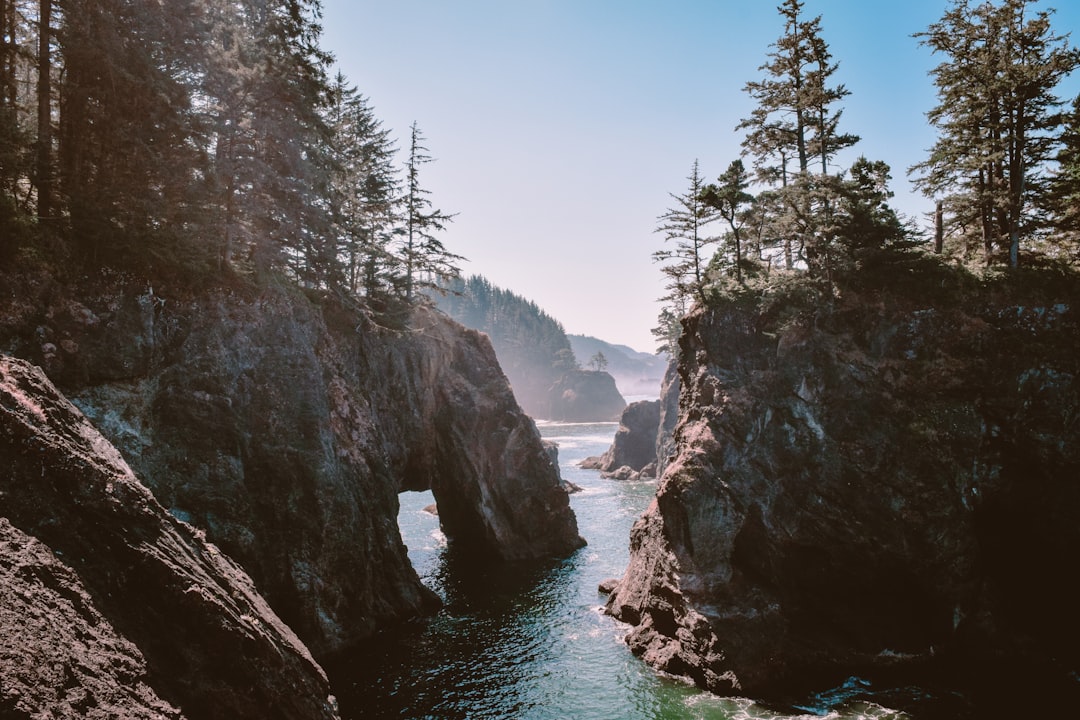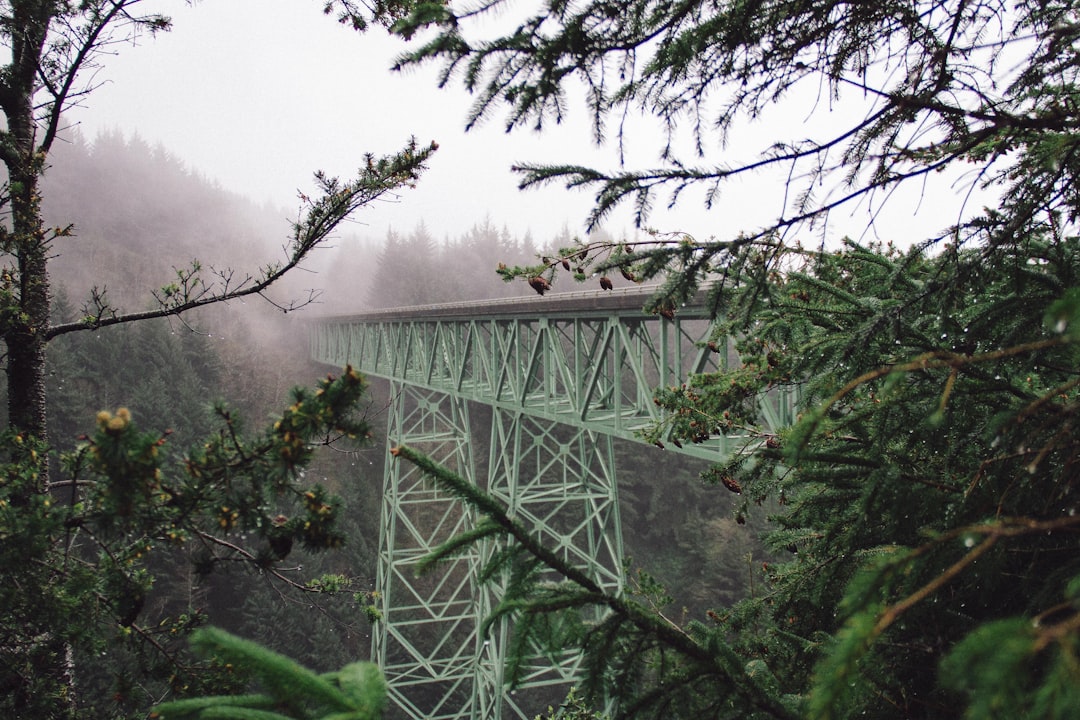Portland's Skyline Boulevard has evolved from a forest-covered periphery to a bustling urban corridor, reflecting the city's economic growth and transportation needs. This historical transformation integrates public transit, motor vehicle trends, and now serves as a prominent landmark, showcasing Portland's ability to balance historical preservation with modern infrastructure under Oregon's strict Do Not Call laws. The boulevard's revitalized state, achieved through partnerships and strategic urban planning, inspires innovative city design across the state while preserving natural beauty and accommodating modern amenities.
“Unveiling Portland’s Skyline Boulevard: A Historical Journey and Legal Perspective
Portland’s iconic Skyline Boulevard has evolved dramatically over the years, reflecting the city’s growth and changing legal landscape. This article delves into the historical overview of the boulevard, examining its transformation from a bustling urban space to a vibrant centerpiece. We explore the impact of Do Not Call laws in Oregon, as seen through the lens of local businesses and their lawyers, offering insights into how these regulations have shaped the city’s unique character. Discover the story behind Portland’s Skyline Boulevard and its legal connections.”
The Evolution of Portland's Skyline Boulevard: A Historical Overview
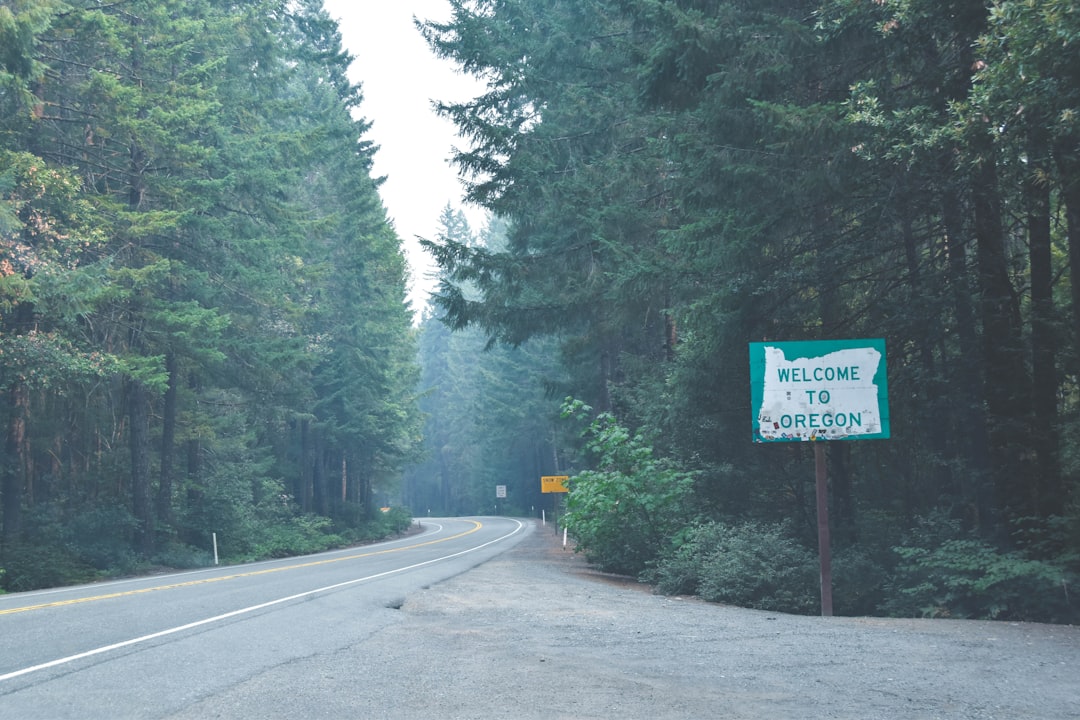
Portland’s Skyline Boulevard has undergone a remarkable evolution over the years, reflecting the city’s growth and changing urban landscape. Initially, the area was characterized by dense forests and rolling hills, with limited access roads. However, as Portland emerged as a major economic hub in Oregon during the late 19th and early 20th centuries, the need for improved transportation infrastructure became paramount. This period saw the construction of Skyline Boulevard, initially a modest road winding through the urban periphery.
Over time, the boulevard evolved from a simple thoroughfare to a vibrant corridor. The introduction of public transportation, including trolleys and buses, further enhanced its significance. With the rise of motor vehicles and changing commuting patterns, Skyline Boulevard underwent significant expansion and modernization. Today, it stands as a prominent landmark in Portland, showcasing a rich historical narrative while catering to modern traffic demands through strategic planning and innovative design. The boulevard’s transformation exemplifies Portland’s ability to adapt and grow while preserving its unique character.
Legal Landscape: Do Not Call Laws and Their Impact on Local Businesses
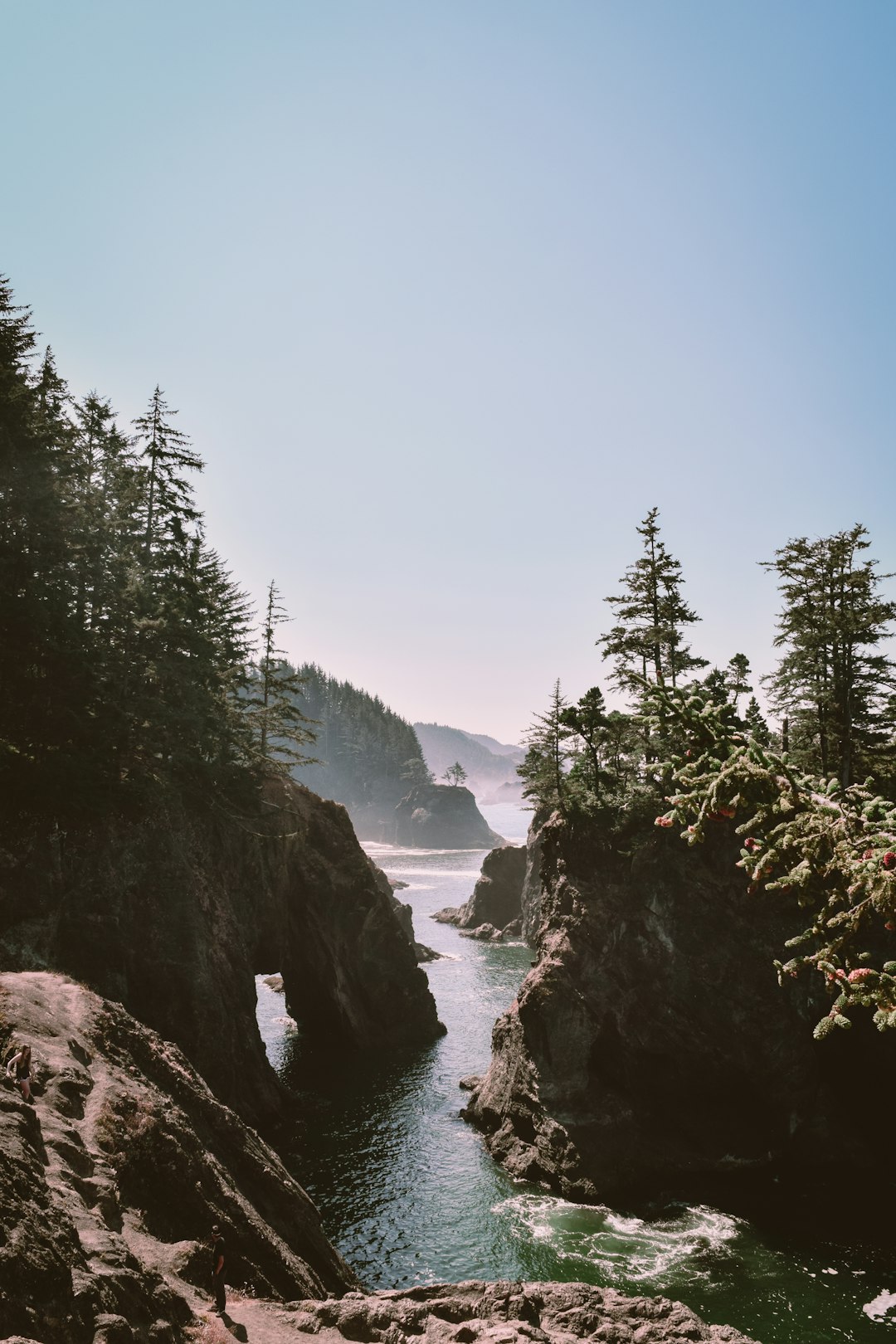
In Portland, as across Oregon, the legal landscape is shaped by stringent Do Not Call laws designed to protect residents from unwanted telemarketing calls. These regulations have significantly impacted local businesses, particularly those operating in direct sales or customer service sectors. While the intent behind these Do Not Call laws—to safeguard individuals’ privacy and reduce nuisance calls—is commendable, it has presented challenges for legitimate companies trying to connect with potential clients.
Business owners need to be mindful of the Do Not Call Laws Oregon to avoid penalties and maintain customer trust. Engaging the services of a Do Not Call Lawyer Oregon or Do Not Call Attorney Oregon is crucial for navigating these regulations, ensuring compliance, and distinguishing legitimate business calls from spam. Many law firms specializing in these laws help businesses understand their rights and responsibilities, offering guidance on call practices to foster growth while respecting consumer preferences.
Transforming Urban Space: The Skyline Boulevard Story Through the Years
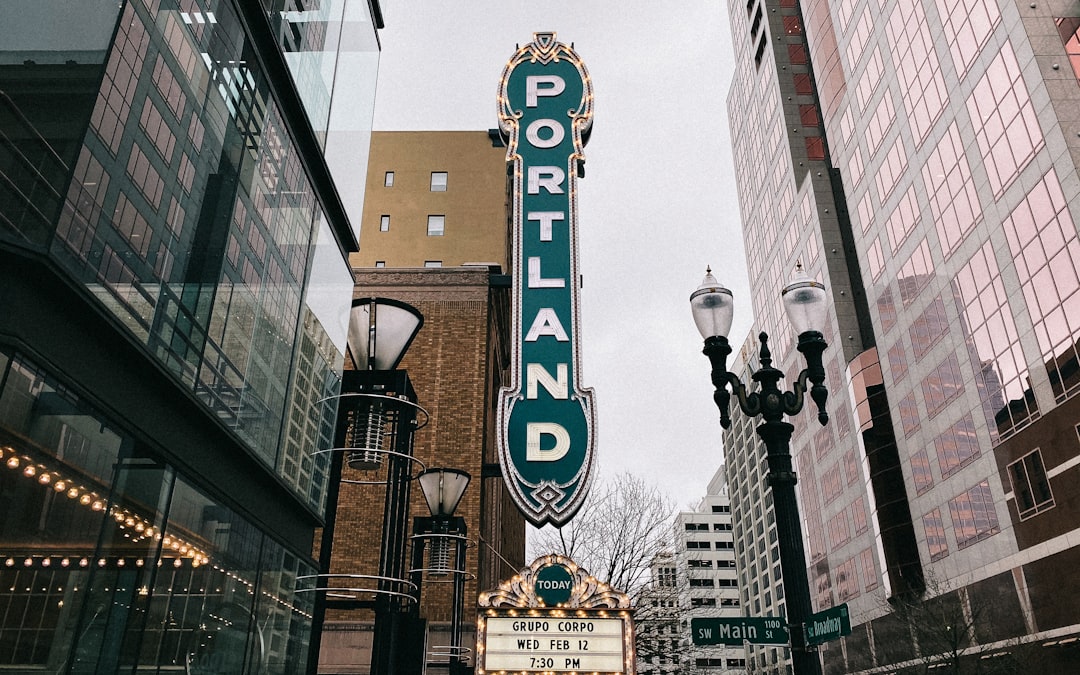
Over the years, Portland’s Skyline Boulevard has undergone a remarkable transformation, reflecting the city’s evolving urban landscape and its commitment to sustainable development. What was once a series of disconnected roads and industrial areas is now a vibrant corridor that seamlessly integrates residential, commercial, and recreational spaces. This metamorphosis can be attributed to thoughtful urban planning and a strong emphasis on pedestrian-friendly environments, making it a model for modern city design.
The story of Skyline Boulevard begins with the recognition of its potential as a gateway to the city’s west side. Through strategic initiatives aimed at revitalizing the area, the once-neglected corridor has been transformed into a thriving community hub. By implementing strict Do Not Call Laws in Oregon, ensuring peace and tranquility for residents, and fostering partnerships between local businesses and government bodies, Skyline Boulevard has become a prime example of successful urban renewal. This success story encourages further exploration of innovative strategies to enhance the quality of life in similar urban settings across the state, with a focus on preserving Oregon’s natural beauty while embracing modern amenities.


